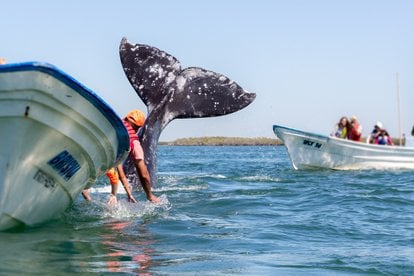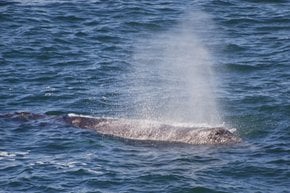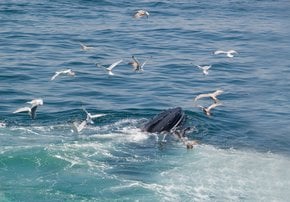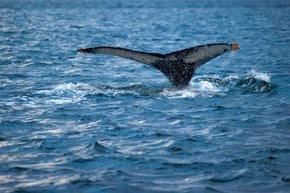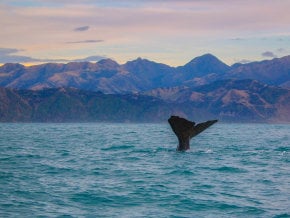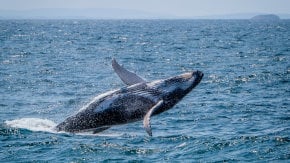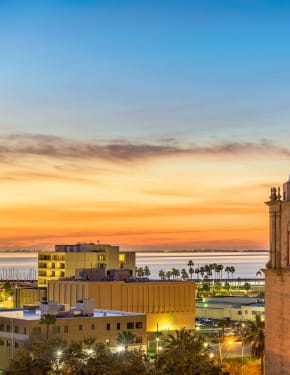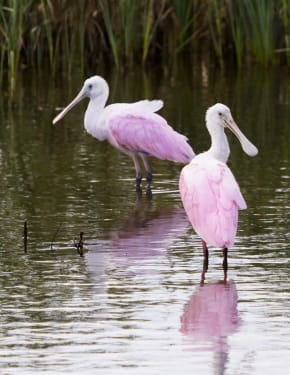Whale Watching in Mexico 2025-2026
You may find a family of humpbacks next to your boat and see the majesty of a mother and her calves swimming side by side
Best time: December–March
The diversity of large marine mammals roaming offshore Mexico include sperm whales, blue whales, killer whales, and grey whales, but all these are quite elusive and hence are rarely spotted during whale watching tours.
When is a whale season in Mexico
The whale watching season in Mexico starts at the end of November and ends in March. The whales remain in Mexico throughout December, January, and February, and they begin returning to northern waters in early March.
Place to watch whales in Mexico
You can enjoy whale watching in Baja California Sur and Puerto Vallarta. Los Cabos is quite a popular spot, to name a few. The fishing village of Puerto Adolfo Lopez Mateos, located at the north end of the Magdalena Bay event, holds the International Festival of the Gray Whale is celebrated. Whale-watching tours are also possible further south in Puerto Vallarta or along the Riviera Nayarit.
At Loreto Bay, you’ll have the chance to see blue whales swimming. Todos Santos Bay is known for gray whales, and you might also catch a funny scene with sea lions, dolphins, and endemic birds. Cabo San Lucas is a place where you can watch both gray whales and humpback whales, while Sinaloa and Nayarit are only for observing humpback whales.
If you prefer a less touristic location, go south to Bahia de Petatlan, boasting a few fishing villages and a long stretch of pristine beach in the Mexican state of Guerrero. However, humpbacks are seasonal visitors in Mexico as they come from the cold American Northwest areas to the warmth of the Pacific. Overall, the Pacific coast of Mexico welcomes about 2,000 humpback whales to mate and calf. Their winter stay lasts from December through March.
Whale watching tour in Mexico
A tour on a boat organized by experts who know the local waters and the best places to find the whales guarantees you the best experience. The peace of a whale-watching tour in Mexico depends on the region and the duration of the tour. A one-day tour can cost around $100, while a week or longer tour can range from $3,000 to $7,000.
Tips for whale watching
Don't forget to wear layered clothing, as the temperature in the open sea can be lower than that of the coast. So, extra clothes in case you get wet is also a good idea. If you suffer from dizziness, be sure to take medicine for seasickness before the excursion. Sunglasses and sunscreen to protect your skin and eyes are a must-have on the boat in the sea. Plus, consider bringing a cap to cover your face.
Whales are quite unpredictable, so it will take a lot of patience to wait for one of these beauties to surface. Each tour is different from the previous one, so the main tip is to keep an eye on the horizon and be ready to see a whale at any moment. You will be more likely to catch a glimpse of a whale in the morning hours when the ocean and wind are calmer.

